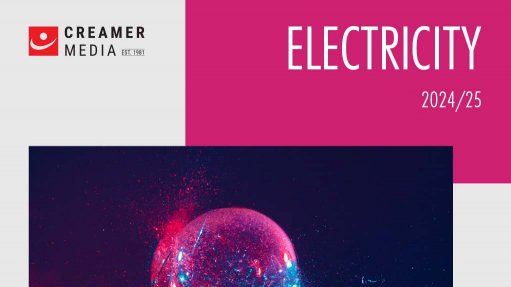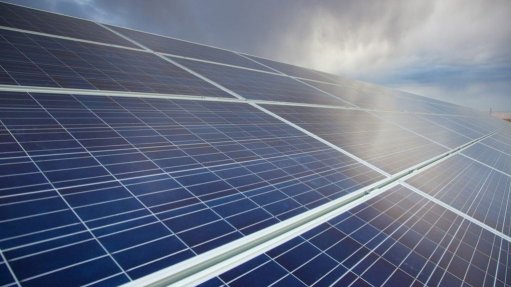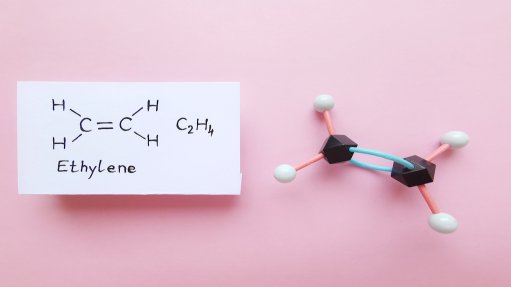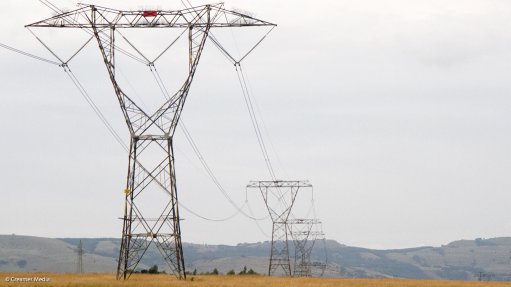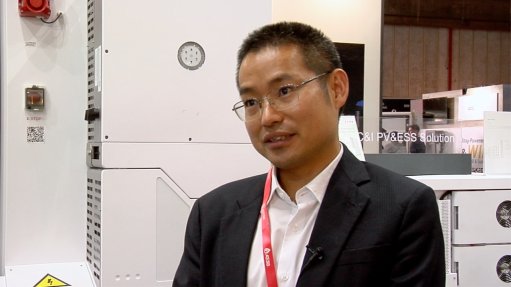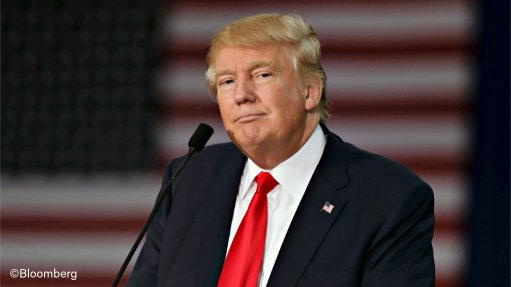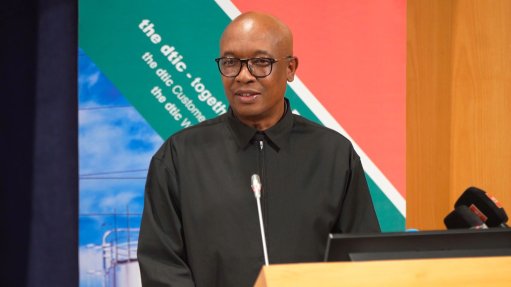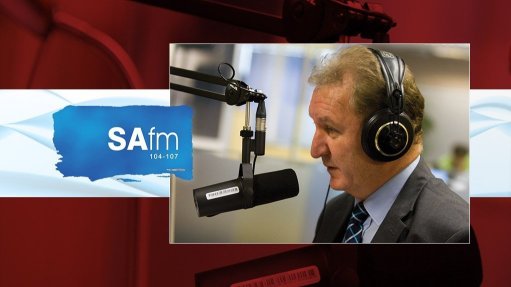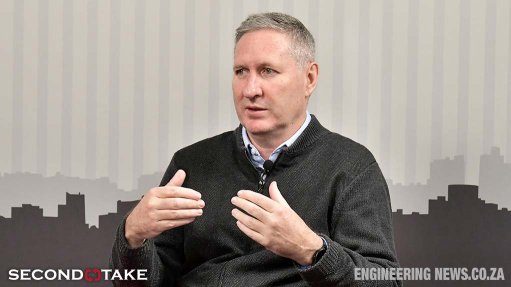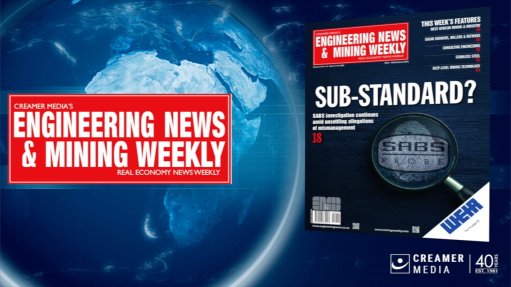Uncanny similarities
What is the common denominator between South African President Jacob Zuma and Faure Gnassingbe, his opposite number in the West African nation of Togo?
Both have had a torrid year, with angry citizens baying for their political demise. In South Africa, tens of thousands took to the streets early in the year, demanding that Zuma be removed from office. This followed the infamous March 31 Cabinet reshuffle in which the highly regarded Pravin Gordhan was sacked as Finance Minister, along with his deputy, Mcebisi Jonas, and other Ministers who had become highly vocal in their criticism of the President. The reshuffle sent the rand tumbling and prompted a downgrade of the country’s sovereign credit rating by ratings agencies.
In Togo, opposition supporters held nationwide demonstrations in August and September, as well as early last month, as they pushed for the resignation of Gnassingbe, who has been in power since 2005. The protesters want a return of the country’s 1992 Constitution, which allowed only two Presidential terms. Gnassingbe was returned to office in 2010 and again in 2015 in elections that were marred by allegations of massive fraud. He has since committed to the reintroduction of term limits, but his sceptical opponents are ratcheting up the pressure to ensure that the reintroduction is retroactive so that he will not be able to seek re-election in 2020.
Faure Gnassingbe’s departure from office would mark the end of a dynastic dominance of Togo’s body politic that began when his soldier father, Gnassingbe Eyadema, toppled his predecessor in a coup about 50 years ago. He remained President until his death in 2005, when Faure Gnassingbe took over the reins. Before the 1967 coup that swept him to power, Gnassingbe Eyadema had assisted fellow officers in seizing power in January 1963, in a putsch that earned Togo the dubious distinction of being the country that staged Africa’s first successful military takeover of government. This was less than three years after gaining independence from colonial master France.
The similarities between Zuma and his Togolese counterpart go beyond leading a hostile citizenry – both are allegedly in the pockets of immigrant wheeler-dealers who masquerade as legitimate business moguls. These knaves have been allowed to do as they please, to the detriment of the national interest. In Zuma’s case, I am, of course, referring to Ajay, Atul and Rajesh Gupta – they of State capture infamy. Coined by the World Bank and popularised in South Africa by the media over the past one-and-a-half years or so, ‘State capture’ refers to efforts by private businesses to manipulate policy formulation by the State towards ends other than the national interest or even shape “the rules of the game to their own, very substantial advantage”.
As international news outlets reported last month, Gnassingbe’s puppet master also hails from India. And he is also a Gupta – his name is Ashok Gupta, founder and CEO of the Kalyan group of companies. Kalyan has managed to get itself designated a ‘privileged client’ of the Togolese phosphate mining parastatal, SNTP, with the rights to buy nearly all quantities of the commodity produced in the country and ship it to international markets. Kalyan reportedly buys the phosphate for about two-thirds of the price that others pay.
Togo’s phosphate mining industry, which accounts for more than 20% of the country’s export earnings, is controlled by the Presidency through SNTP. It is difficult not to suspect that Ashok Gupta is able to get this national patrimony for a steal because of what a South African judge once famously described as “a generally corrupt relationship”. Such a suspicion is not misplaced, given that, last year, the Togolese President reportedly subsidised Ashok Gupta’s purchase of the R1-billion Radisson Blu 2 Fevrier hotel, in the seaside capital city of Lome.
One wonders why it does not occur to Gnassingbe to prioritise slashing the country’s massive public debt, which, according to the CIA World Factbook, stood at 71.6% of gross domestic product (GDP) as at December 31, 2016, or financing social and other programmes that no doubt need cash. That, incidentally, is another point on which to find similarities between the two leaders. Our public debt:GDP ratio looks set to rocket, on the evidence of the recent Medium Term Budget Policy Statement.
Comments
Press Office
Announcements
What's On
Subscribe to improve your user experience...
Option 1 (equivalent of R125 a month):
Receive a weekly copy of Creamer Media's Engineering News & Mining Weekly magazine
(print copy for those in South Africa and e-magazine for those outside of South Africa)
Receive daily email newsletters
Access to full search results
Access archive of magazine back copies
Access to Projects in Progress
Access to ONE Research Report of your choice in PDF format
Option 2 (equivalent of R375 a month):
All benefits from Option 1
PLUS
Access to Creamer Media's Research Channel Africa for ALL Research Reports, in PDF format, on various industrial and mining sectors
including Electricity; Water; Energy Transition; Hydrogen; Roads, Rail and Ports; Coal; Gold; Platinum; Battery Metals; etc.
Already a subscriber?
Forgotten your password?
Receive weekly copy of Creamer Media's Engineering News & Mining Weekly magazine (print copy for those in South Africa and e-magazine for those outside of South Africa)
➕
Recieve daily email newsletters
➕
Access to full search results
➕
Access archive of magazine back copies
➕
Access to Projects in Progress
➕
Access to ONE Research Report of your choice in PDF format
RESEARCH CHANNEL AFRICA
R4500 (equivalent of R375 a month)
SUBSCRIBEAll benefits from Option 1
➕
Access to Creamer Media's Research Channel Africa for ALL Research Reports on various industrial and mining sectors, in PDF format, including on:
Electricity
➕
Water
➕
Energy Transition
➕
Hydrogen
➕
Roads, Rail and Ports
➕
Coal
➕
Gold
➕
Platinum
➕
Battery Metals
➕
etc.
Receive all benefits from Option 1 or Option 2 delivered to numerous people at your company
➕
Multiple User names and Passwords for simultaneous log-ins
➕
Intranet integration access to all in your organisation





